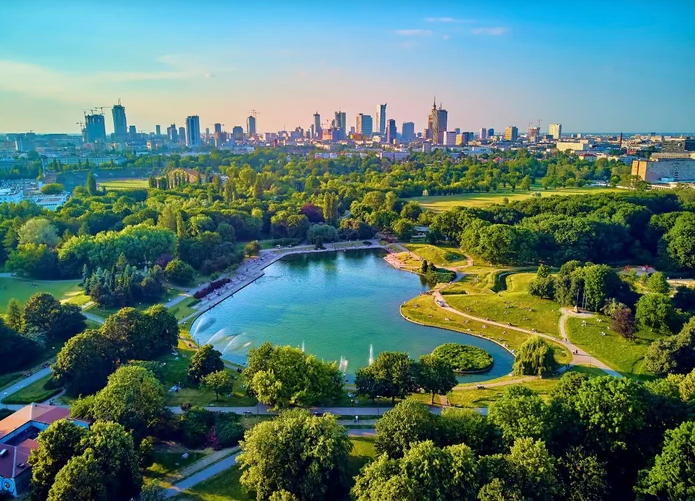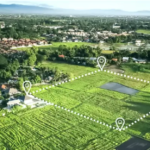City improvement is quickly evolving as a result of development of city populations, with inexperienced areas being a key part in fashionable housing. These areas improve aesthetics, promote ecological stability, and foster neighborhood. New Houses Atlanta exemplifies this by mixing up to date structure with inexperienced residing rules. City planners and builders prioritize ecosystems that harmonize with pure environment, making inexperienced areas important in residential planning. They provide environmental sustainability and neighborhood well-being and contribute to a metropolis’s total livability, making them an important part of residential planning.
Introduction to Sustainable City Residing
City residing has remodeled considerably in current many years, shifting from lifeless, nature-stripped environments to revitalizing areas with inexperienced elements. As city areas increase, the necessity for sustainable improvement turns into extra urgent. Reimagining cityscapes with pure parts promotes environmental conservation and more healthy extra fulfilling city existence paving the way in which for sustainable improvement.
Significance of Inexperienced Areas in City Areas
Inexperienced areas are essential for city infrastructure, enhancing air high quality, decreasing warmth islands and offering tranquil respite for metropolis dwellers. Harvard College analysis highlights the numerous influence of parks and inexperienced settings on psychological well-being and neighborhood well being. Along with offering visible magnificence these pure retreats promote bodily and psychological well being for metropolitan dwellers, selling calm and rest.
Methods for Integrating Inexperienced Areas
City housing builders are integrating inexperienced areas into their developments, utilizing modern methods like rooftop gardens, vertical forests, and communal parks. This mix of structure and nature creates self-sustaining ecosystems, offering ecological, financial, and social advantages, and is essential in addressing the challenges of fast urbanization.
Designing with Nature
City design ought to take into account pure landscapes and weather conditions, selling environmental sustainability and vitality effectivity. Biophilic design rules improve residents’ productiveness, focus and happiness whereas supporting biodiversity and wildlife habitats. This creates harmonious residing areas that resonate with ecological consciousness, enhancing total residing areas.
Advantages of Sustainable Housing Growth
Sustainable housing developments provide quite a few advantages past environmental influence, together with lowered carbon footprints, decrease utility prices and improved well being outcomes. Eco-friendly cities are higher outfitted to resist local weather change, making them extra resilient. Residents additionally get pleasure from cleaner air, elevated property values, a stronger sense of neighborhood, and belonging in inexperienced communities.
Challenges and Options in City Sustainability
City sustainability faces excessive implementation prices, spatial constraints and bureaucratic hurdles. Nevertheless, technological developments and collaborative efforts with communities, governments and personal sectors provide promising options. Modern metropolis applied sciences can optimize inexperienced area use and upkeep, guaranteeing effectivity and effectiveness in city sustainability initiatives.
Overcoming Obstacles
Neighborhood involvement and native governance are essential for city sustainability. Encouraging citizen participation in planning fosters possession and accountability, guaranteeing developmental objectives align with neighborhood wants. By leveraging collective motion and steady innovation, cities can overcome obstacles and obtain greener, more healthy environments, offering a way of possession and accountability.
Future Tendencies in Sustainable City Growth
City residing is shifting in the direction of sustainability and innovation, with rising traits like good applied sciences, renewable vitality integration and elevated public engagement revolutionizing landscapes. This shift highlights the potential for enhanced inexperienced area utilization and upkeep, selling ecological stability and neighborhood well-being in city improvement.
Conclusion
City inexperienced areas aren’t solely a fad however a vital part of a sustainable future. These practices present environmental advantages and improve city dwellers’ lives, selling more healthy communities and harmonious coexistence with nature, guaranteeing a sustainable city expertise for future generations.
The publish A Greener Metropolis: Sustainable Residing in City Growth appeared first on Vamonde.









